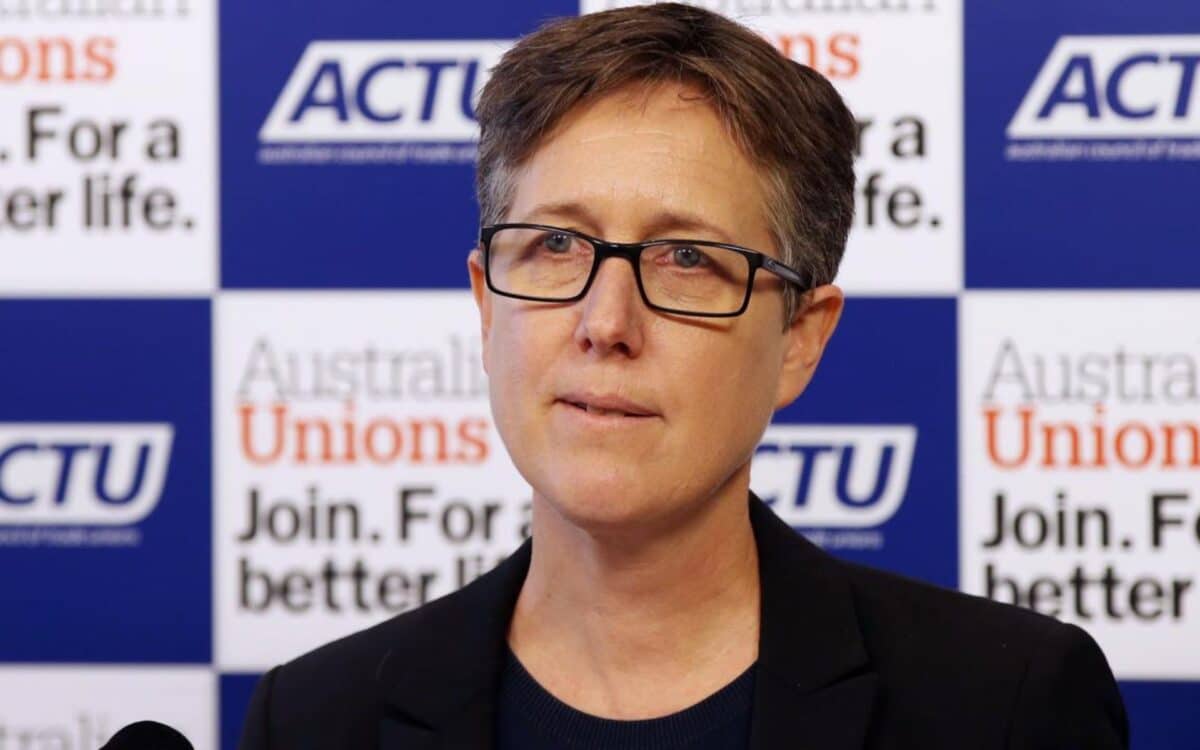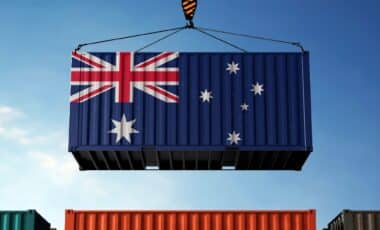The Australian Council of Trade Unions (ACTU) is pushing for a significant wage increase for low-paid workers, proposing a 4.5% raise that would add $41 per week. News reports indicate that this proposal comes amid rising cost-of-living pressures affecting many workers.
The ACTU argues that the increase is essential to help workers keep pace with inflation and rising costs. This proposal is expected to face strong opposition from employer groups, who have their own recommendations. The outcome of this ongoing debate will have wide implications for workers and the broader economy.
Union’s Argument for a 4.5% Wage Increase
Union leader Sally McManus has taken the proposal to the Fair Work Commission (FWC), asserting that the current minimum wage is insufficient to meet the rising costs faced by Australian workers.
The 4.5% increase would raise the minimum wage to $25.18 per hour, translating to a yearly income of $49,770 for full-time workers. McManus emphasized that the ongoing cost-of-living crisis necessitates this raise for workers to keep up with inflation and increasing prices of goods and services.
We are not America and no one should be left without a liveable wage after working full-time hours – she said.
She further argued that the 4.5% rise would help 2.6 million workers relying on award rates to keep up with inflation caused by global supply problems and price gouging by supermarkets and insurance companies.
A 4.5 per cent rise for 2.6 million award-reliant workers is what they need to get ahead of inflation caused by global supply problems and price gouging by the likes of supermarkets and insurance companies – Ms McManus said.
McManus also stated that wage increases are typically achieved through union advocacy, supported by governments that are willing to intervene in institutions like the Fair Work Commission and update workplace laws to prevent wage cutting.
Wages move when unions fight for them and are assisted by governments who are prepared to also do the heavy lifting by intervening at the Fair Work Commission and updating workplace laws to close wage cutting loopholes – she said.
Employer Groups’ Stance on Wage Increase
However, employer groups are pushing back against the proposal. The Australian Chamber of Commerce and Industry (ACCI) and the Australian Industry Group (AIG) have proposed more modest increases, citing concerns that a larger wage rise could result in inflationary pressures and hinder economic recovery.
They advocate for a 2.5% rise, which would amount to about $22 extra per week for workers.
Labor politicians, along with the ACTU, are calling for wages to rise above inflation to help low-income earners. The ACTU believes that the current wages are insufficient to meet the demands of modern living, particularly with ongoing issues such as housing affordability, education costs, and child care.
This sentiment is echoed by workers like Felicia, a disability support worker, who highlights the daily struggles of living under financial strain.
It’s really hard for us to live our day to day lives – she said.
Impact of the Same Job Same Pay Legislation
The push for higher wages comes in the wake of the ‘Same Job Same Pay’ legislation, which was passed last year to ensure that workers in equivalent positions, regardless of their employment status, are paid equally.
Following this reform, significant pay bumps have already been implemented in various sectors, such as the flight attendants in Qantas, who are seeing wage increases of up to $20,000 annually.
The whole thing with Same Job Same Pay is they are doing the same job – said one Qantas attendant.
It’s not like being employed by a labour-hire company changes the nature of the work. They do the same training, they wear the same uniform.
With the FWC set to deliver a decision on the wage review by June, the outcome will have significant implications for millions of Australian workers who rely on award rates. These decisions will affect not only the low-paid workers but also the broader economy, as businesses and unions continue to navigate the complexities of wage growth and inflation.









